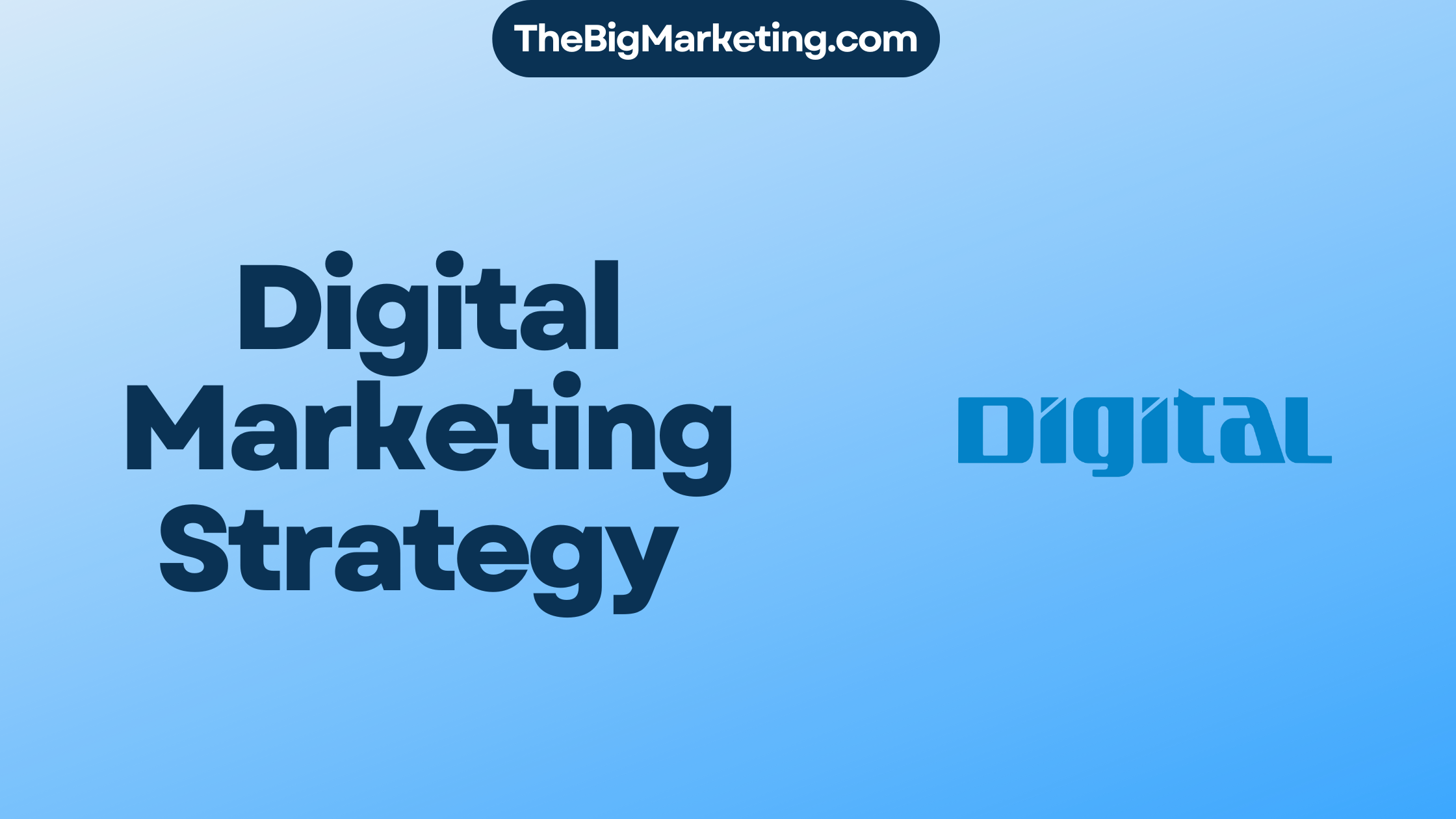Drip marketing is also called automated or email marketing. It’s a strategy where you send a bunch of prewritten, automated emails. These emails go out to a targeted audience on a fixed schedule. They are meant to help grow leads, make stronger relationships, and get more conversions. Drip campaigns start when a user does something specific. This might be placing an order, going to an event, or not finishing a purchase. The main aim is to send personalized, relevant messages to engage customers and get them to take action.
Key Takeaways:
- Drip campaigns involve sending automated emails to a targeted audience on a schedule.
- These campaigns nurture leads, build relationships, and drive conversions.
- Drip campaigns can be triggered by specific actions or changes in a user’s status.
- The goal is to deliver personalized and targeted messages to engage and convert customers.
- Drip campaigns are an effective strategy to boost sales and increase customer engagement.
What is Drip Marketing?
Drip marketing is a type of email strategy. It sends a bunch of prewritten emails automatically. These emails go out based on what the recipient does or any changes in their status. This method keeps businesses connected with their audience. It personalizes communication, nurtures leads, and boosts conversions.
These campaigns start when someone does something notable. Like making a purchase, attending an event, or leaving items in a shopping cart. The emails sent are designed to catch the audience’s interest at the right time.
Drip marketing ensures messages are relevant and timely. Your audience gets the info they need when they need it. Automating this helps businesses keep up with leads. It makes sure conversations with the audience keep going.
Using drip marketing helps businesses grow closer to their customers. It uses automated emails for specific actions or status changes. Through drip marketing, businesses can use automation to send messages that matter. This boosts the chances of engagement and conversions.
Why Use Drip Campaigns?
Drip campaigns are a powerful tool for businesses. They help increase sales and turn site visitors into customers. By sending personalized messages, these campaigns make customers feel special.
Drip campaigns are great for boosting sales. They guide potential customers through the buying process. This helps companies make more money by converting leads into sales.
These campaigns also change visitors into buyers. Through emails, businesses teach people about their offerings. This way, they solve customer problems and gain their trust.
Drip campaigns are key in getting customers to buy again. They keep in touch with existing customers by offering customized suggestions. This approach boosts loyalty and encourages more purchases.
Drip campaigns can bring back customers who haven’t been active. They use targeted messages to catch their interest again. This strategy helps increase sales and reconnect with the audience.
Furthermore, they allow sending specific messages to different groups. By knowing the audience well, companies can create messages that truly speak to each person. This increases interest and leads to more sales.
A study shows that people are always looking for new products. Drip campaigns match this behavior by offering timely information. They keep companies in mind, helping guide customer choices.
In short, drip campaigns are very beneficial. They help businesses sell more, gain new customers, and keep the old ones coming back. They also re-engage those who’ve lost interest, making these campaigns crucial for success.
How Drip Campaigns are Used
Drip campaigns are a powerful way for businesses to connect with their audience. They help drive engagement and conversions. They can be customized for different marketing goals.
Welcome Drips
Welcome drips are automated emails for new audience members. They introduce the brand and build a connection. This sets the stage for future interactions.
Onboarding Sequences
Onboarding sequences guide new customers through their first steps with a brand. These emails provide useful information and help users enjoy their new purchase.
Lead Nurturing Campaigns
Lead nurturing campaigns help build relationships with potential customers. They keep people interested by offering personalized emails. This increases the chance of turning them into paying customers.
Abandoned Shopping Carts
Abandoned cart emails are sent when someone doesn’t finish a purchase. They serve as reminders and sometimes offer discounts to encourage buying.
New Product Recommendations
Drip campaigns can suggest new products based on what customers like. By knowing customer preferences, businesses can send personalized recommendations. This makes a purchase more likely.
Automated emails and targeted messages let businesses use drip campaigns effectively. They engage audiences, nurture leads, and boost conversions.
Date-Based Automations
Date-based automations let businesses connect with people on special dates. These automations use drip campaigns to send personalized emails. This helps engage customers and drive sales.
Sending subscription renewal or reorder prompts is a smart way to use these automations. These emails remind customers why they love the business. They encourage customers to keep their subscriptions or buy again. Tailoring emails to each customer’s preferences boosts the chances of taking action.
Birthdays and anniversaries are perfect for personalized emails. These messages show customers how much the business values them. Celebrating special occasions makes customers feel appreciated. This boosts loyalty and the chance they’ll buy again.
Date-based automations help businesses connect on a personal level. Using dates like subscription renewals, birthdays, and anniversaries is key. These targeted email campaigns make customers feel special. They enhance the brand’s value, drive sales, and build lasting customer relationships.
Triggered Drip Campaign Examples
Drip campaigns are great for engaging your audience. They send personalized emails triggered by specific actions. Here are some examples you can use to boost your email marketing:
Welcome Emails
Welcome emails make a great first impression. They introduce your brand and hint at what’s to come. These emails build a strong connection from the start.
First Purchase Automations
It’s crucial to thank customers after their first purchase. Automated emails can show your appreciation and encourage more engagement. They build trust and loyalty with your customers.
Product Recommendations
Product recommendation campaigns offer items based on customer history and preferences. These personalized suggestions can increase sales and improve customer experience.
Follow-up Emails
Follow-up emails are key in your customer’s journey. They keep the relationship going and educate your customers on your products. This can lead to repeat business.
Abandoned Shopping Carts
Reminders about abandoned carts can bring customers back to complete their purchase. Offering discounts or free shipping encourages them to buy, increasing your sales.
Lead Nurture
Lead nurturing keeps you in prospects’ minds at every buying stage. By providing valuable content, you build trust and increase conversion chances.
Unsubscribe Emails
Unsubscribe emails are a chance to learn and reengage. They can help you understand why a customer is leaving and show you value their opinion.
| Email Trigger | Example |
|---|---|
| New Audience Member | Welcome email series introducing the brand and its products/services. |
| First Purchase | Automated email thanking the customer, providing order details, and suggesting related products. |
| Previous Purchase | Product recommendation email based on the customer’s purchase history and preferences. |
| Customer Onboarding | Follow-up emails with helpful tips, tutorials, or resources to ensure a smooth onboarding process. |
| Abandoned Shopping Cart | Reminder email highlighting the items left in the cart and offering incentives to complete the purchase. |
| Prospect Engagement | Lead nurture campaign with educational content to build credibility and move prospects closer to conversion. |
| Customer Unsubscribe | Email asking for feedback, offering options to adjust email frequency, and sharing alternative communication channels. |
How to Set Up a Drip Campaign
Start your drip campaign by setting up essential steps. This way, businesses can engage their target audience well. Plan and perform each phase carefully. You’ll have a drip campaign that boosts sales and grows leads.
Choose a Trigger
To kick off your drip campaign, pick a trigger. This could be something like signing up for news, buying something, or joining a service. Or, it might be linked to special dates, like birthdays. The right trigger starts your campaign at the best moment.
Identify Your Audience
After you choose your trigger, figure out who your campaign is for. They could be new people, current customers, or a certain group of them. Know your audience and their needs. Then, make messages that really speak to them and boost engagement.
Craft Compelling Email Messages
The key to a drip campaign is the emails you send out. It’s important to write messages that are both engaging and true to your brand. Aim for each email to have a clear goal and offer something valuable. Whether it’s special deals, useful info, or tips, your emails should inspire your audience to act.
Measure and Adjust
When your drip campaign is running, keep an eye on how well it’s doing. Look at open rates, click-throughs, and conversions to see its success. Use what you learn to tweak your messages, perfect email timing, and make sure you hit the right notes with your audience.
Maintain Drip Emails
It’s also key to regularly check and update your drip emails. Review and refresh your email content as needed. Keeping your campaign interesting helps it work better and longer.
| Steps to Set Up a Drip Campaign | Key Actions |
|---|---|
| Choose a Trigger | Select a specific action or date to initiate the campaign. |
| Identify Your Audience | Determine the target audience for your drip campaign. |
| Craft Compelling Email Messages | Create engaging and persuasive email content. |
| Measure and Adjust | Analyze campaign performance and make necessary adjustments. |
| Maintain Drip Emails | Regularly review and update your drip email content. |
Benefits of Drip Campaigns
Drip campaigns help businesses in many ways. They boost sales, increase engagement, build relationships, and make marketing easier.
Boost Sales
Drip campaigns nurture leads by sending a series of messages. This guides potential buyers closer to a purchase. It increases the chances of making a sale.
Increase Engagement
Drip campaigns keep the audience interested with relevant content. They send messages that fit the user’s actions or changes. This makes people more engaged with the brand.
Build Relationships
Drip campaigns send out helpful information and offers. They show the business’s knowledge and give useful resources. This builds trust and strong customer relationships.
Automate Marketing Tasks
With drip campaigns, marketing becomes automatic. Once they start, emails are sent on their own. Businesses can then focus on other things, keeping in touch with customers effortlessly.
In conclusion, drip campaigns are very useful for businesses. They boost sales, engage customers, build relationships, and automate marketing. They free up time for other business tasks.
Conclusion
Drip campaigns use email marketing and automation to nurture leads and boost sales. These campaigns send personalized messages to help build relationships. They guide potential customers through the buying process. This strategy is great for welcoming new folks, waking up old customers, or teaching your audience.
With automation, businesses send timely, relevant messages. This makes every contact count and encourages the right action. By automating, businesses save time for other critical tasks.
Lead nurturing stands out in today’s market. Drip campaigns do this well and efficiently. They send the perfect content at the right time. This builds trust and credibility, leading to better sales and profits.
Adding drip campaigns to your marketing mix really pays off. They allow for targeted messaging and lead nurturing. This helps guide potential buyers, increasing engagement and sales.





